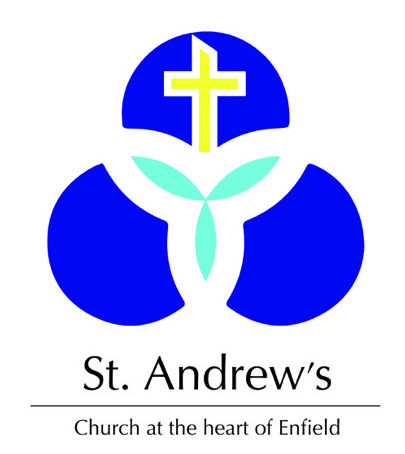Margarett Darby

The memorial to Margarett Derby is a coffin plate which, likely, was removed and placed on the wall of the South Chapel in St Andrews, when the Durant vault, under the chapel, was opened in 1829.
Margarett was the only child of Richard Darby and died in 1737, aged four years old, one year after her father. Margarett’s mother, Sarah, was Richard’s second wife, who he had married aged 50 and, by which time, he had become a wealthy and eminent lawyer. In the two years before his death, in 1736, Richard held the post of Treasurer of Grey’s Inn. Grey’s Inn was the professional body of lawyers and the post of Treasurer was its highest office, akin to being a Master of a Worshipful Company.
Sarah’s second husband, William Underhill, was also an eminent lawyer and, while he was never elected treasurer, he had substantial property in London, and estates throughout the region. Sarah and William married in 1738 and they lived in Durant’s Manor, in Enfield, until Sarah’s death in 1744.
Durant’s Manor had been the home of the noble Enfield family, the Wroth’s, since the 14th century and the contrast with its rapidly changing ownership from the 17th century onwards, expresses how the financial burden of maintaining displays of nobility in post-reformation England, risked the financial and social ruin of the established gentry, as well as the precarious nature of the newly moneyed families who were quick to see opportunity in the established gentry’s financial troubles and buy up that most eminent of social signifiers, the manor house.
Sarah inherited Durant’s Manor through Richard, who had, himself, acquired it from the Stringer family, via various financial dealings and payments of debt. The Stringer family, specifically Sir Thomas Stringer, had bought Durant’s Manor at the height of their family’s social and financial standing, from the executors of Sir John Wroth. The financial dealings that resulted in the transfer of Durant’s manor to Richard Darby were, by all accounts, complex and, in 1740, after Richard’s death but prior to Sarah’s, the great grandson of Sir Thomas contested Richard’s and, therefore, Sarah’s right of ownership, but to no avail.
Richard Darby’s purchase of Durant’s Manor was not simply a financial investment but also, a means by which he could leverage his wealth to obtain the signifiers and, therein, the status, of a noble gentleman. One of the other common signifiers of gentry, alongside the trappings of a manor, was the active engagement in Christian charity and Richard duly left a legacy of £100 (£30,000 today) to the poor of Ponders End – instructing his wife, Sarah, to distribute the substantial sum accordingly. However, Sarah failed to act on this request, possibly because of the legal actions she was caught up in over the ownership of Durant’s house and it wasn’t until 40 years after Richard Darby’s death, in 1776, that his legacy started to provide £10 a year, to four poor people of Ponders-End, that had been nominated by ‘..the inhabitants of the parish of Enfield’.
Sadly, Margarett’s death would not have been a surprise to her parents, as the mid 18th century saw the peak of mortality rates in England. ‘Infant and child mortality more than doubled between the sixteenth and the middle of the eighteenth century in both wealthy and non-wealthy families [and] mortality peaked in the middle of the eighteenth century at a very high level, with nearly two-thirds of all children — rich and poor — dying by their fifth birthday’. The exact cause for this startling increase in child mortality is debated, but it seems likely that infectious diseases, such as smallpox, that didn’t differentiate between the poor and the wealthy, but thrived in growing cities and towns, were significant factors. This was likely to be especially true, in and around London, where exposure to the international travel and trade, which drove London’s wealth, produced more virulent strains.
